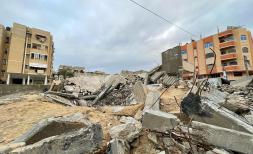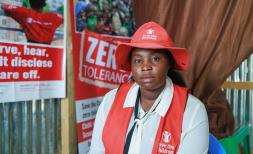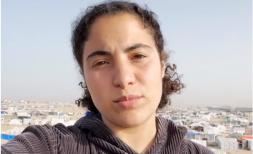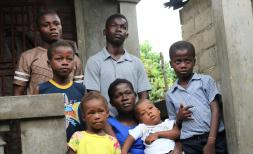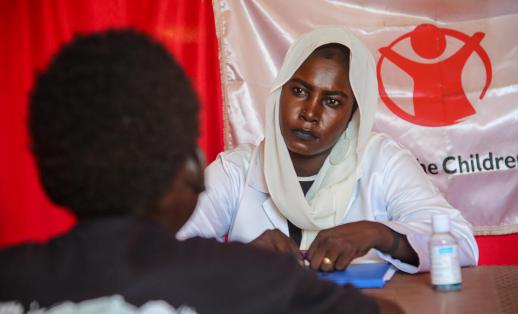Using data for good
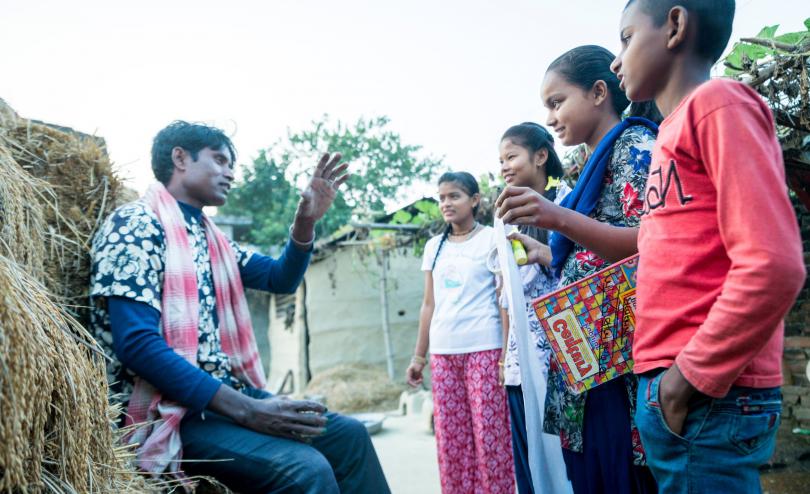
Children in Nepal discuss their rights with an adult
2020 has been a catalyst year for discussions on human, civil and political rights. But data on this is scarce.
These “unprecedented times” have seen rising political movements – from the Black Lives Matter movement in the USA to the child-led climate protests in India in November, all within the context of the COVID-19 pandemic.
Save the Children's newly published report, The Hidden Impacts of COVID-19 on Child Rights, shows the tensions between lockdowns and civic space and how school closures have disrupted the enjoyment of rights for many children, especially those most deprived and marginalised.
In the development sector, statistics and data on child rights are limited. This is because democracy and human rights are dimensions of development that are in themselves difficult to quantify.
Tracing how programmes and advocacy can create meaningful policy changes is technically difficult. It depends heavily on national governments engaging with our evidence and taking action. The impact of data for child rights hinges on our ability to empower and influence decision makers, and whether data is put to use when decisions are made for and about children.
This means we need to push decision makers to collect data on the actions they are taking to deliver children´s rights. Documenting the child rights situation in a country and what can be done to change this environment for children may be methodologically challenging but, if we manage to do this well, it can create a strong basis for advocacy.
In Nepal for example, a decade of investment in child rights reporting to the UN system has successfully influenced national laws, leading to legislative changes including the ban of corporal punishment in all settings, the enactment of free and compulsory education and the endorsement of universal vaccination coverage.
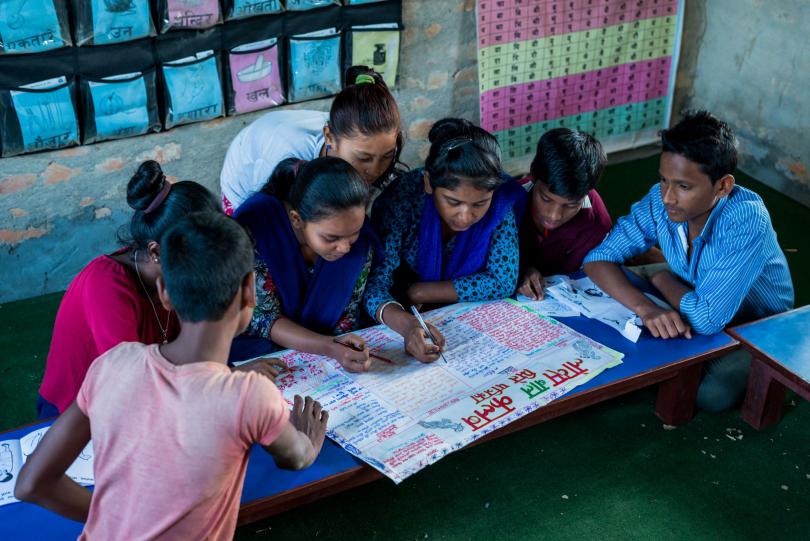
Children in Nepal make a collective statement about their rights
The challenges of proving the impact of monitoring and demanding child rights – or the length of time it takes to create meaningful systems change – is no excuse. We need this evidence because we know that when quality evidence is in the right hands, decisions can be better informed, more equitable and more likely to protect children's rights.
Save the Children is working to build data on these evidence gaps. While threats against civic space are well documented around the world, little is said on how civic space trends are being experienced by children and how children’s rights and abilities to be active agents of change in their countries and communities are being affected.
In the past year, we have had success working with partners such as CIVICUS Monitor to report on “youth” data but we need more partners to gather child-level data – and to do so at scale.
Credible data about children’s situations and their political and civil contexts is critical to holding decision makers to account and realising the rights of every child.
GRID, Save the Children's Child Inequality Tracker, helps to identify which children are furthest behind having all their rights fulfilled in the Sustainable Development Goals (SDGs). It monitors progress on key development indicators to help us better understand inequalities, such as in which countries the poorest groups of children have lower rates of birth registration, and why.
While COVID-19 has dealt an unprecedented blow to livelihoods worldwide, we often lack timely data to understand the full impacts on children and families. The new COVID-19 dashboard we’ve added to GRID illustrates insights gained over the last few months from global phone surveys by the World Bank and Innovations for Poverty Action.
The dashboard highlights not only the pandemic's impact on food security, education prospects and government support but also allows us to understand which children and families are being left behind and bear the greatest burden.
A snapshot from the Global Dashboard of our GRID, Child Inequality Tracker:
Having worked in the UK policy space prior to joining Save the Children, I know just how critical it is to not only to bring a strong evidence base to policymakers but also how decision makers and leaders are more likely to demand data when they are convinced of its usefulness for their own work.
Talking national youth unemployment statistics might not resonate with MPs, but explaining the proportion of unemployed youth in their constituency and how Sally* cannot access her social protection benefits and is struggling to feed her children, is much more compelling.
Compelling evidence – both statistics and stories – about the impact that policies have on children is absolutely vital in fighting for children’s rights to survive, learn and be protected – and this needs dedicated long-term investment.
Investing in evidence generation on child rights allows us to be pioneers. Our Resource Centre is a crucial instrument in our fight for the delivery of children’s rights.
Developing that space and platform fosters a culture of peer-to-peer learning between countries and regions, allowing Save the Children and partners to innovate, share their evidence and implementation challenges and pave the way for evidence generation on child rights.
With better data we can provide vital evidence to influence policy makers and decision makers and support them to create better results – and a better world – for children.
*Not a real person; this name has been chosen for illustrative purposes.
